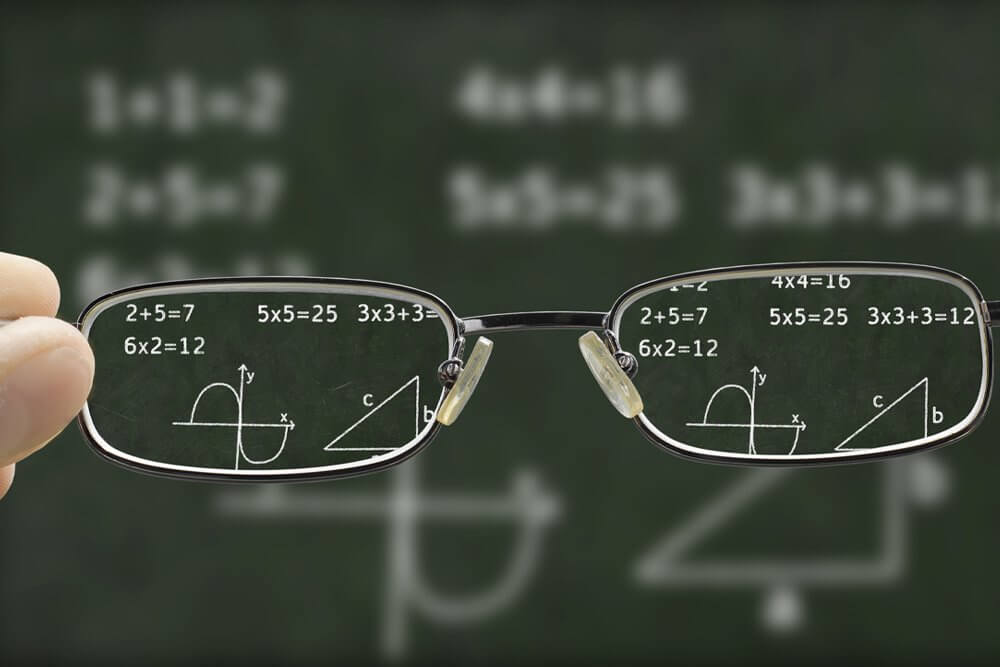Myopia
Posted by: Invision Optometry in Category Myopia Control

Myopia or nearsightedness is one of the most common causes of impaired vision. In fact, by 2050 research suggests that nearly half the people on this planet will be myopic. People who have nearsightedness can see close-up objects clearly while distant objects appear blurry. That means that while you may not struggle to read a book or look at a menu, you may struggle to see things farther away like a road sign on the highway. Nearsightedness can affect both adults and children. It is often discovered in children when they are between the ages of 8 and 12. But, myopia can also occur in adults. Typical symptoms of undiagnosed myopia include difficulty seeing things in the distance, as well as squinting.
What Causes Myopia?
Myopia occurs when the eyeball becomes to long or the cornea becomes too steeply curved, preventing incoming light from focusing directly on the retina. While scientists are unsure why the eyeball sometimes grows too long, genetics and environmental factors play a role in myopia. A major risk factor for nearsightedness is focusing the eyes up close for extended periods of time. Just like everything, early detection is key in controlling the progression of nearsightedness.
Myopia Treatment
The most common ways to treat myopia is with eyeglasses, contact lenses, or refractive surgery. Refractive surgery can reduce or even eliminate the need for glasses or contacts. The most common refractive surgeries are performed with an excimer laser and include photorefractive keratectomy and LASIK. In fact, custom LASIK has become the most popular laser vision correction procedure performed today. Another option to consider is orthokeratology, a non-surgical procedure where you wear special rigid gas permeable (RGP or GP) contact lenses at night that reshape your cornea while you sleep.
Corneal Refractive Therapy (CRT)
Corneal Refractive Therapy (CRT) is a safe, non-surgical and reversible process that uses specially designed contact lenses to gently reshape the surface of your eye during sleep, thereby providing clear vision during the day without the need for glasses or contacts. The effect is temporary, so lenses must be worn during sleep each night.
Implantable Lenses
Implantable Lenses (ICL’s) are surgically implanted contact lenses used to treat higher degrees of nearsightedness. When implantable lenses are used, the eye’s natural lens is left in place, and the ICL is placed directly behind the iris, preserving natural focusing ability.
Correcting Myopia
There is no best method for correcting myopia. The most appropriate correction for you depends on your eyes and your lifestyle. If you are nearsighted, it is important to maintain regular comprehensive eye exams and speak with an optometrist about which option is right for you. Book your eye exam today, at (619) 222-2020 and learn how we can help.


